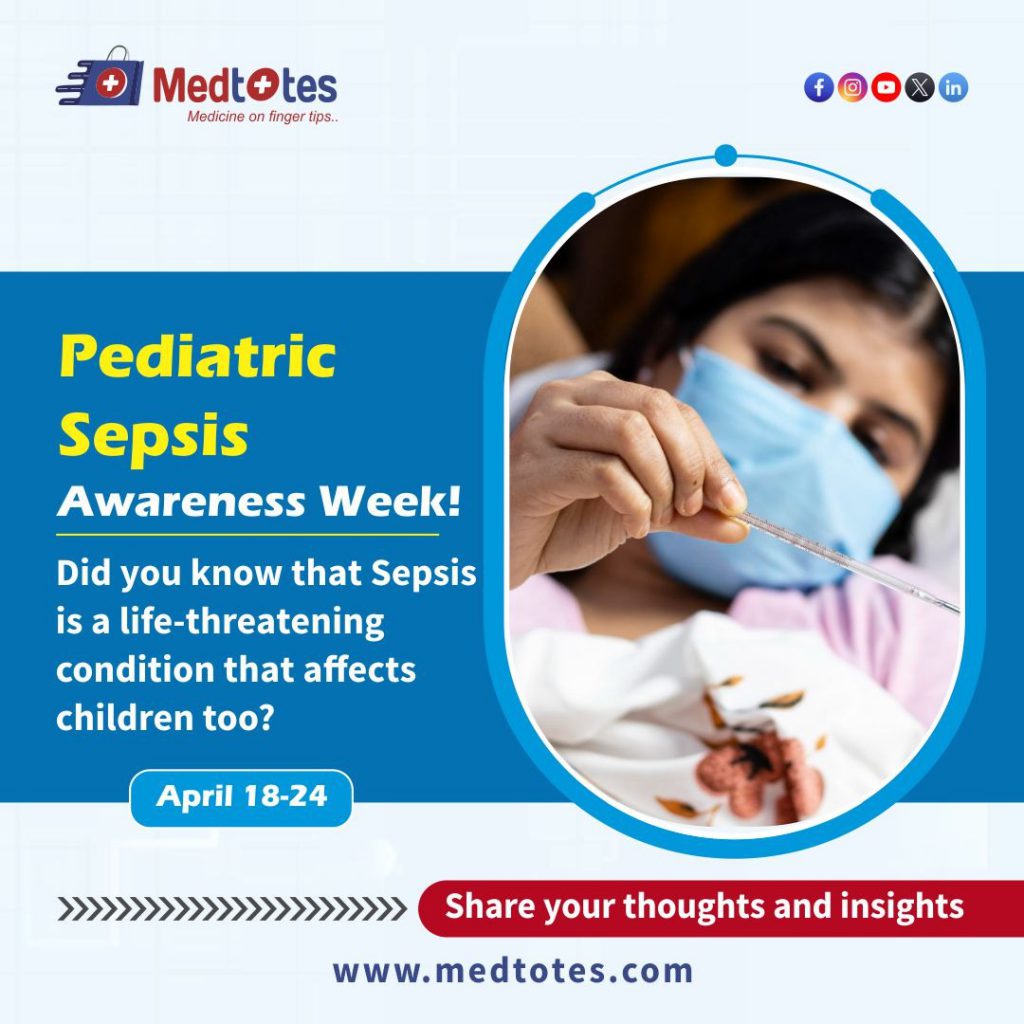I. Introduction of Pediatric Sepsis
Pediatric sepsis is a life-threatening condition causing inflammation and organ dysfunction due to the body’s response to infection. It is a major cause of morbidity and mortality in children, and early recognition and treatment are crucial for a successful outcome. Prompt antibiotic administration and fluid resuscitation are essential components of managing pediatric sepsis. Close monitoring of vital signs, laboratory values, and organ function is necessary to guide treatment and prevent complications. A multidisciplinary approach involving pediatricians, nurses, and other healthcare professionals is essential for optimal care. Timely intervention and continuous assessment are crucial for a positive outcome. Healthcare providers must remain vigilant and proactive in treating pediatric sepsis to prevent further deterioration and minimize long-term complications.

II. What is Pediatric Sepsis?
Pediatric sepsis is a life-threatening condition resulting from the body’s response to an infection, leading to inflammation and organ dysfunction. Symptoms include fever, rapid heart rate, difficulty breathing, and altered mental status. Early recognition and prompt treatment are crucial for improving outcomes. Sepsis can be caused by bacterial, viral, or fungal infections, as well as non-infectious conditions like severe burns or trauma. Risk factors include premature birth, weakened immune system, chronic medical conditions, and invasive procedures. Children with indwelling medical devices are at a higher risk. Healthcare providers must monitor these children for signs of sepsis to ensure prompt treatment and improve outcomes.
III. Why is Pediatric Sepsis Awareness Important?
Pediatric sepsis is a serious medical condition that can be misdiagnosed or overlooked, leading to delayed treatment and increased mortality rates. Early recognition and intervention are crucial for preventing the progression of sepsis and minimizing its long-term effects on a child’s health. Raising awareness about pediatric sepsis can improve outcomes and quality of life for young patients. Advocating for more research and funding dedicated to understanding and treating pediatric sepsis can improve diagnostic tools, treatment options, and save lives. Raising awareness can also reduce stigma and encourage open communication about the condition. With continued efforts, we can work towards a future where pediatric sepsis is recognized and treated promptly, resulting in better outcomes for children worldwide.
IV. Conclusion
Healthcare professionals, caregivers, and the general public must educate themselves about pediatric sepsis to ensure timely recognition and treatment. Advocating for more research and funding can improve outcomes for young patients affected by this serious condition. Together, we can work towards a future where pediatric sepsis is no longer a leading cause of mortality in children, but a condition that is promptly identified and effectively treated.
Download our app: https://bit.ly/3tkQkFy
